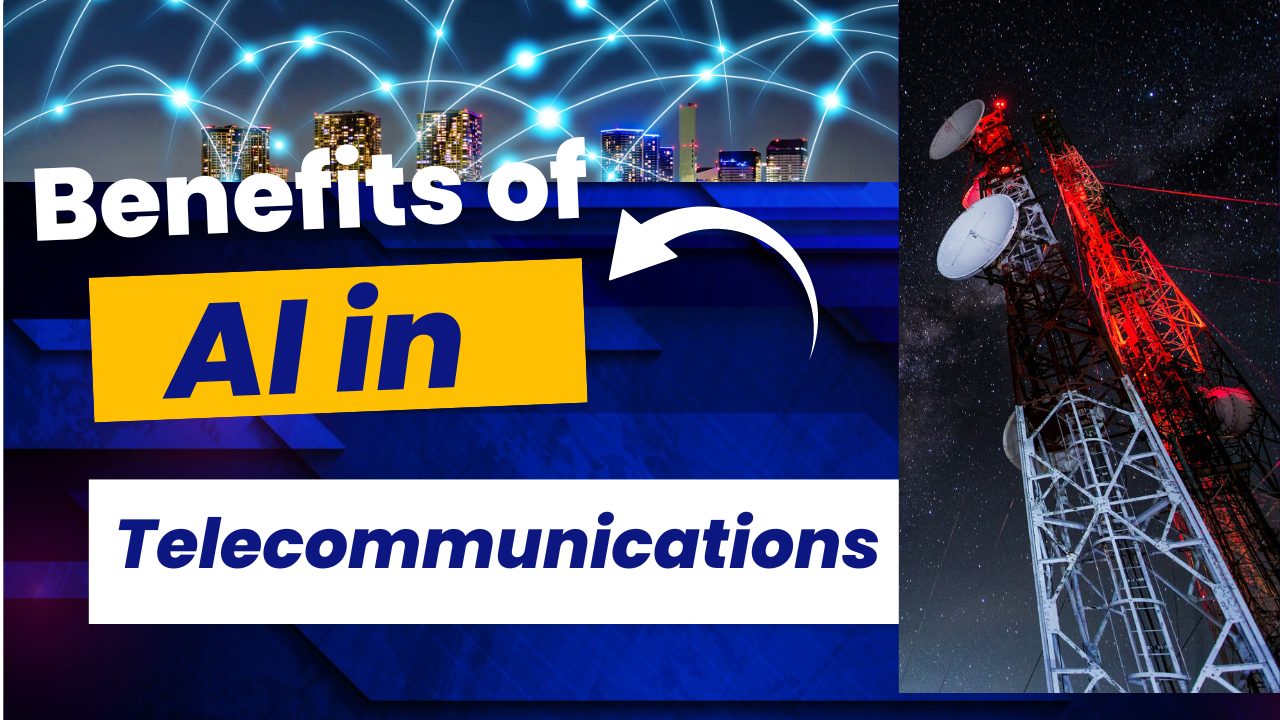
New Delhi: September 17, 2017
The idea of implementing mobile learning into a course or instruction may be daunting for many educators. They may assume that mobile learning (aka m-learning) is too complicated and so decide to stick to the methods they have more experience with. Besides, the old fashioned methods of learning have worked for centuries, so what’s the need for change?
However, the initial anxiety is quickly overcome once people realize the huge advantages that are gained from using m-learning.
Accessibility
Mobile learning content is easily accessible. The number of people who have access to a smartphone is growing every minute. With the technology readily available to such a large number of students already, it would be short-sighted not to take advantage of its potential for learning.
It’s simple not only for students to access m-learning content, but also for teachers to upload their content, which can then be easily updated and reviewed. Furthermore, thanks to mobile apps like Quipper, learning content can be used at home, at school, on the bus and anywhere else, meaning that there?s more time and opportunity for students learn. It also has the benefit that they don’t have to carry around large books and writing equipment.
Customized Content
This is a major advantage of m-learning. Forget the generic learning quizzes that were used to test knowledge before. Now teachers are able to custom-build their own content, making it specific to their students and their learning needs. This means learning content can be highly tailored to niche needs, leaving behind old standards of the mass market: with mobile learning, students are able to learn exactly what they need to.
Easy To Check Progress
This is a key benefit to teachers. Gone are the days where they must sit for hours marking endless numbers of books. Mobile learning makes it simple to track each child’s individual progress online. It shows them what tasks were completed and what score they got simply and clearly on one page (which could be the end of excuses for not having done homework!).
Variety
This is what makes learning content interesting. Without variety students are likely to get bored, lose focus and therefore under-perform. Teachers can use mobile learning to break up their lessons, giving students something different to do other than listening to lectures or taking notes. Students are able to actively engage in their learning in a new way. There’s also a range of activities that can be completed on a mobile learning device. Online presentations, educational videos, discussion forums and online tests or quizzes are just a few of the options that can be employed. This huge level of variety is something that makes mobile learning fun, engaging and rewarding for both students and teachers.
The researchers have found that the mobile phones tend to be appropriated in the home by male children in the family, and that “mothers were giving a lot of implicit approval to the boys to be monopolising the technology”. This points to important gender and cultural issues that should be, but often aren’t, evaluated in all m-learning projects to mitigate the risk of these factors significantly skewing other results.
The excitement surrounding the variety of m-learning projects is well-deserved, but there is clearly much to learn about how far teaching and learning English using the medium can benefit those in developing countries.
Brilliant and exemplary work is being done on the ground by people using mobiles to deliver and enhance learning to distant and disadvantaged communities.
Some examples are:
Chala Skul Ku Jiba (Let us go to school), Radio Namaskar (Young India)
Chala Skul Ku Jiba (Let us go to school) is an initiative of Radio Namaskar to return back all the students to their respective schools. This initiative aims to mobilize all drop-out students back to their respective schools. Radio Namaskar has 72 listener groups in its coverage area; most are led by village women. As impact of this initiative, 165 schools of this locality have been declared as ZERO DROP-OUT SCHOOLS by the local government authority of Gop Block.
CATAPP
CATapp is a mobile application that brings 16 original CAT papers in a mobile app. It is available on Android, iOS, Symbian, JAVA. The current user base is more than 7000 active users. The CATapp store allows publishers to distribute their quizzes on a mobile device.
Sounds of Silence
Sounds of Silence started with an idea of Giving Deaf Mute Children mobile Phones for communicating to the outer world. This is done through the use of mobile phones, 3G SKYPE and SMS technology. SOS empowers 500+ deaf and mute children in Mumbai and Delhi through SMS Communication Technology target to reach 5000 by this year end.
Result via SMS, Janaki Technology Private Limited
Sparrow SMS is the utilization of SMS technology to facilitate students obtain their results with ease. The service doesn’t require any pre-installation or registration. It is available for mobile users of NTC, NCell, UTL and SmartTel operators in Nepal. Entire mark sheet of certain exam result can be obtained in the mobile phone.
Harness Touch-on-Cloud
Touch-on-Cloud is a cloud based sharing platform that converts all classroom discussion (including whiteboarding, files, open courseware, polls, evaluation and groupwork) into a book that can be reviewed, edited and modified by the student or teacher anytime.editor@ictpost.com







